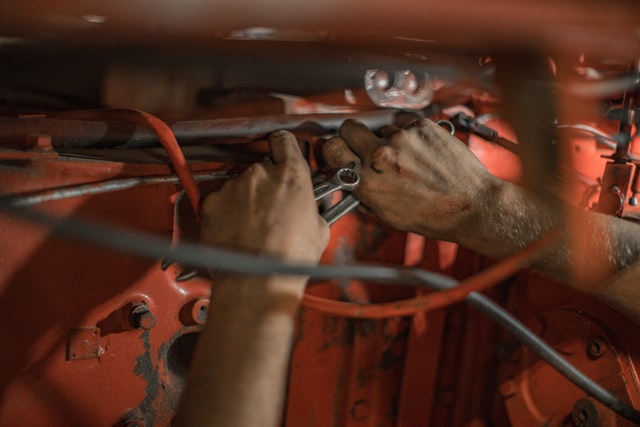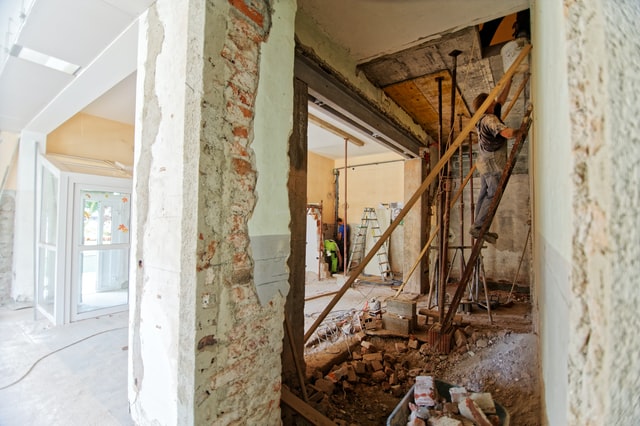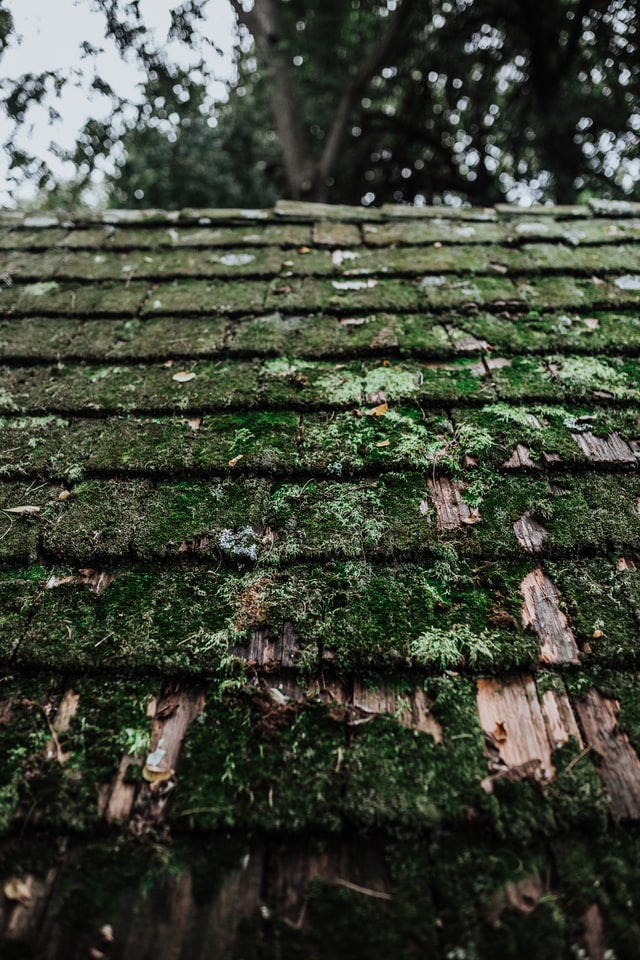Home Inspection Checklist for Buyers

You should, of course, hire a professional home inspector to take a look at any property you are seriously considering buying. However, it is helpful to know what you should look out for yourself! To this end, we present a home inspection checklist for buyers.
Hazardous materials
The first tip on our home inspection checklist for buyers is looking out for hazardous materials. This is not a particularly large issue if the home is new. However, if it is evident that the building is old, you should definitely keep it in mind. Many materials such as asbestos, lead paint, and radon used to be commonly used in construction. Yet now, we know for a fact that they are highly dangerous for anyone living in a home built with them. It goes without saying, but the value of your home would suffer if there were any poisonous materials in it.
Mold issues
Mold is practically unavoidable and yet still one of the most significant issues on the home inspection checklist for buyers. Some minor amounts of it are fine. However, you want to be on the lookout to ensure your future home has no hint of black mold in it. It is a particularly dangerous strain of mold that can cause long-term damage to your health and a whole host of short-term issues which can even lead to death.
Wiring or electrical problemsWiring and electrical problems can be supremely annoying to deal with. If the wiring within the walls is damaged, you would have to dig into them to fix the problem. Of course, there is a larger risk at stake here. If there are wiring deficiencies, a fire could start in your home due to sparking or sudden power surges. This is obviously something you want to avoid at all costs. Refuse to purchase a home until the seller has fixed all wiring problems found during a home inspection.

Damaged plumbing
Plumbing shares some of the troublesome aspects of wiring. It is on the home inspection checklist for buyers because it is extremely hard to fix. Your bathroom or other areas of your home might be rendered entirely inaccessible while work is ongoing. And this is without mentioning the risk of a pipe leaking in your walls and spreading rot and mold throughout the entire home. Or simply causing a flood which can damage all your belongings before you can muster an appropriate response.
Problems with the foundation
Foundation problems are tough to fix, no matter how they manifest. They can come to light in the form of dipping or sloped ceilings, uneven or slanting walls, cracks developing along the line where your home meets the ground or around the edges of your windows. As you can tell from the list, none of these problems would be cheap to fix. Nor could you continue living inside your new home while the repairs are ongoing if you opt to buy such a home. You would be better off contacting a reliable realtor and asking them to only look at homes that do not have foundation problems. Any real estate agent with experience in the field can typically spot such issues on their own.

Standing water
This is an issue to look out for outside. If you are already an owner of an apartment and want to buy a second home, make sure not to miss this. What you need to pay attention to is the yard. If there is a hill near or next to your home, and it is positioned in a relatively flat or even bowl-shaped piece of land, you will probably have issues with standing water encroaching onto your home. It might not seem like much, but letting the issue stand can eventually lead to the water finding its way into your basement. And then it would turn into an uphill battle of keeping it out of your home.
Roof condition
As any reliable real estate agent would tell you, the condition of the roof is critical for the continued well-being of your home. If the roof is fine, you typically do not consider it a big deal. However, if it develops a leak, you would quickly learn how important it is to keep water damage and moisture out of your home. It should also be noted that any slumping or similar damage would pretty much require most or all of the roof to be replaced. This is one of the most expensive repairs on any home inspection checklist for buyers!

Water damage
Water damage often seems minor or purely aesthetic. However, it is usually much worse than you thought once you look into the matter. It can cause a proliferation of mold inside your walls or structural damage to the building. At the very least, it would make it extra easy for mold to spread into your home.
Structural hazards
Structural hazards include unsafe stairs, crumbling ceilings, damaged walls, and similar. All of these make a house a dangerous place to live. And they are, by and large, among the most expensive repairs you would need to tackle.
InfestationsPest infestations can be a nightmare to root out of your home once you have moved in. If there is an infestation in a house, you should insist it be taken care of by the seller before your deal goes through. Even if you do not do that, make sure to have professionals take care of the problem well before you move in.
Final adviceNow that you are familiar with the home inspection checklist for buyers, you should be ready to look for a new home. Remember that, even if you cannot spot the problem yourself, you should always trust your home inspector if they say it is present and act accordingly.
Meta Description: Read through our home inspection checklist for buyers so that you can go looking for a new place for your family to settle with a peace of mind!

805.207.5094

Stay Informed
Hi, I'm Ross and I'd love to send you my monthly Newsletter:
"The Ojai Informer"
absolutely FREE.
It will keep you up to date with the latest happenings and tell you about great deals on cool stuff.
Just enter your information below and you'll start receiving them with the very next issue.
Enjoy!


